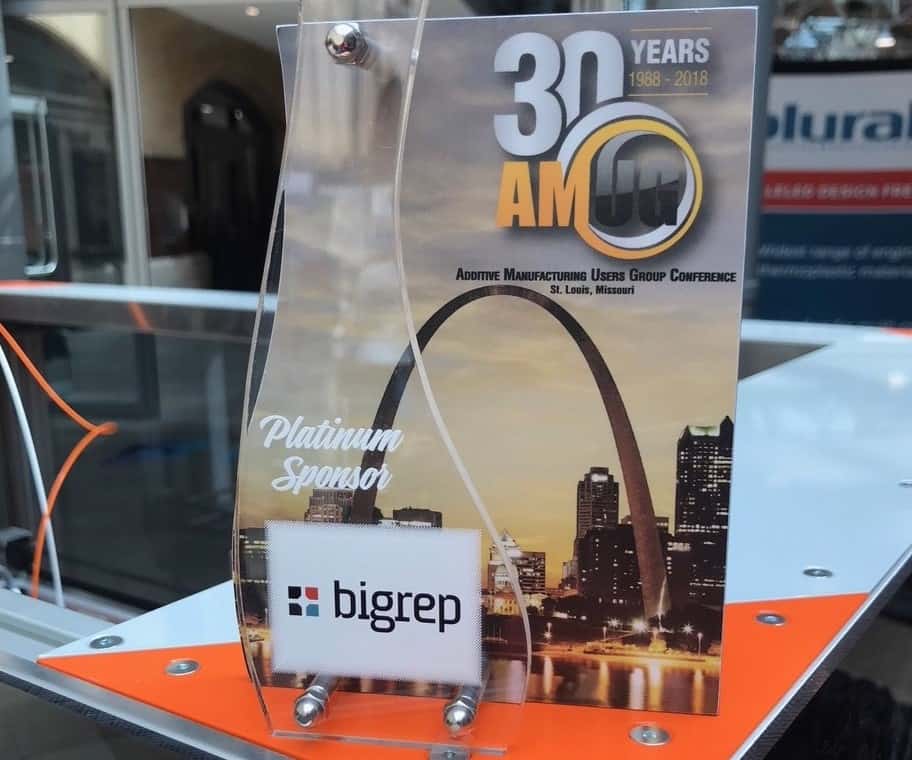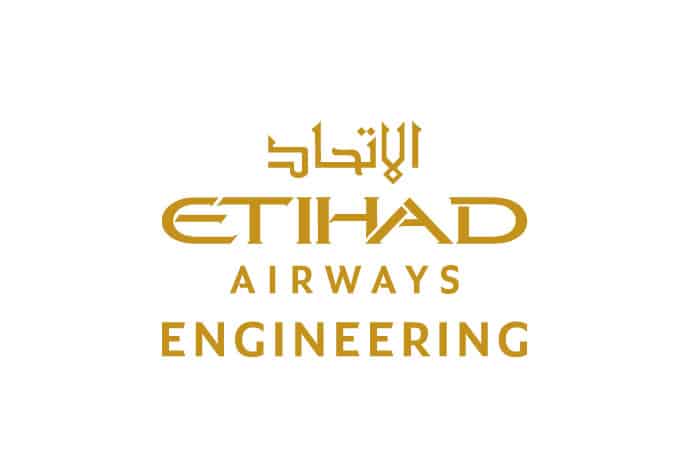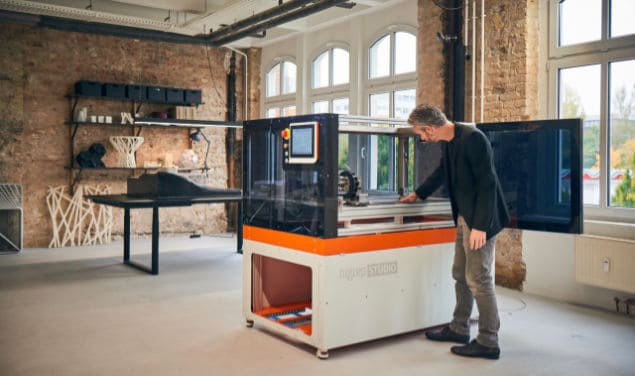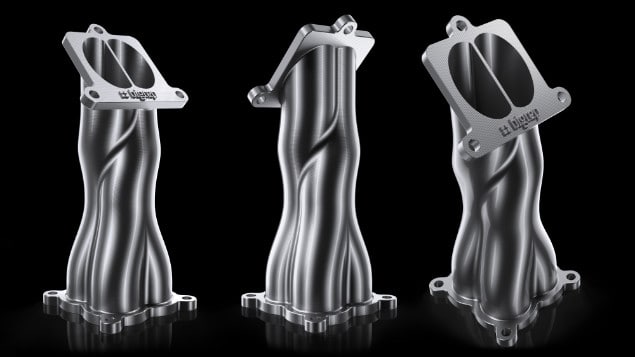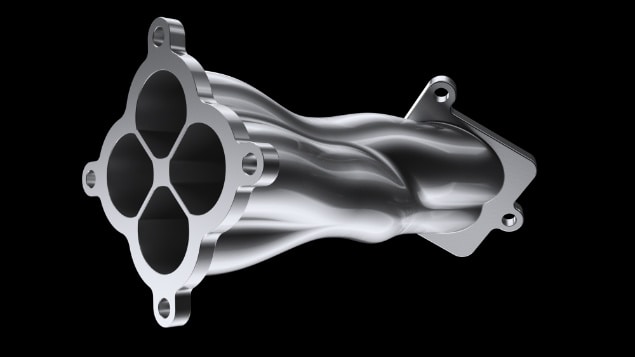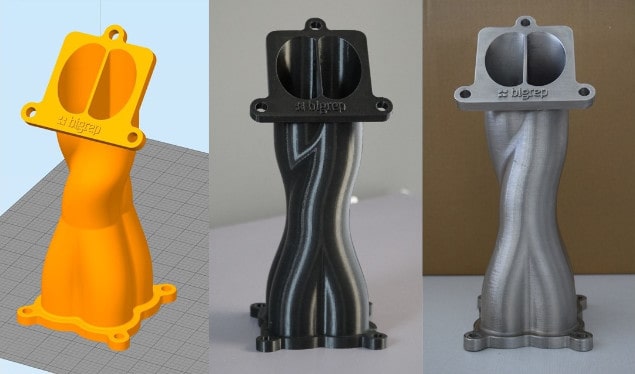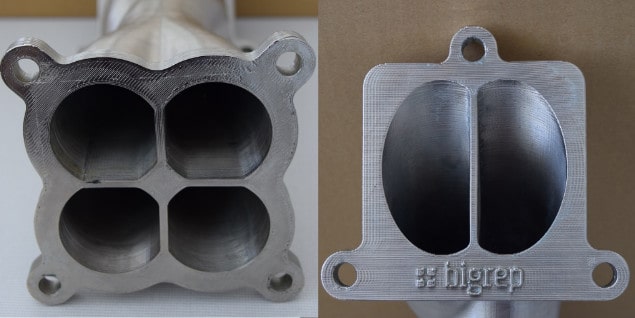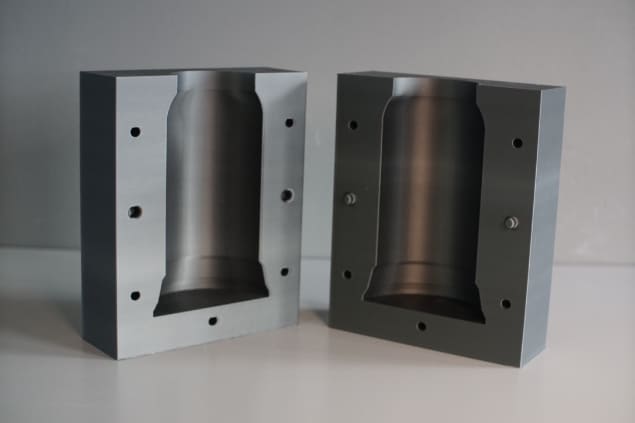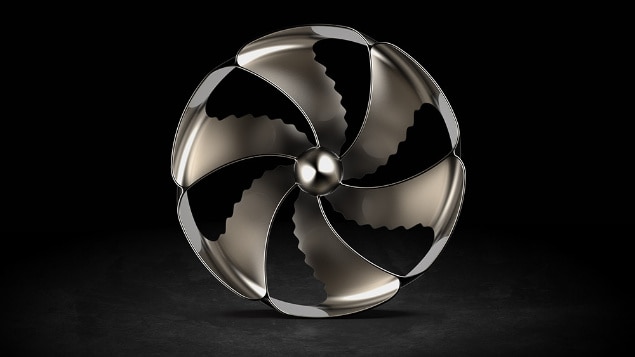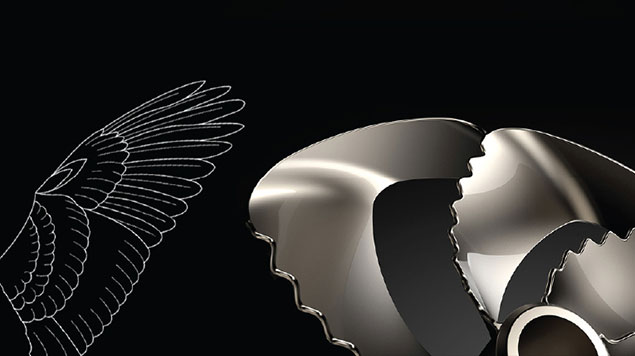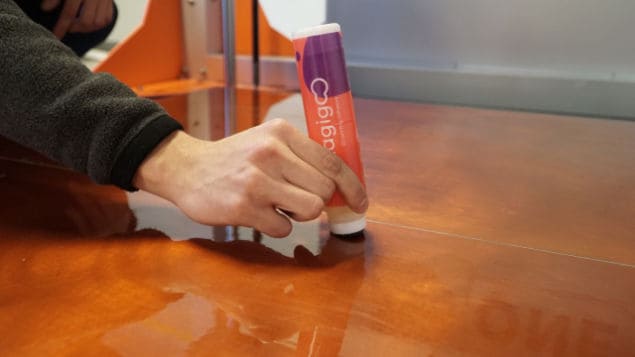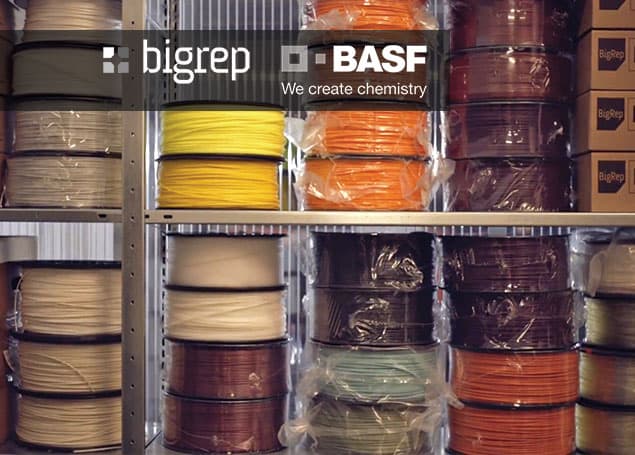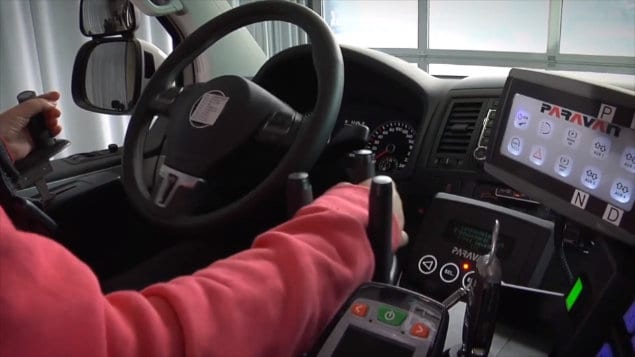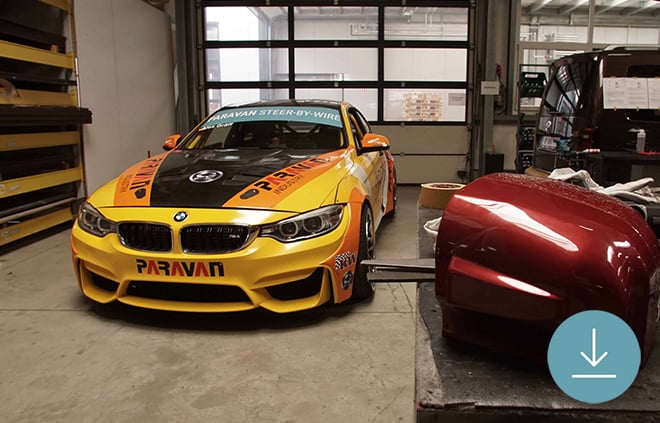BigRep Reflects on a Successful AMUG Through a Large-Scale Lens
“People don’t just walk around collecting brochures,” said BigRep America President, Frank Marangell, from the BigRep booth at AMUG in St. Louis, Missouri. “They really get to learn and share. The growth of AMUG is a testament to the real value attendees get here, and there’s real value for us, too.”
Speaking to the uniqueness of the renowned AMUG user conference, Marangell says it’s not just ‘another week, another trade show’ – this one is a bit different. BigRep has had a jam-packed few days in St. Louis, with a busy booth at the conference, of which it is a platinum sponsor. On display was the BigRep STUDIO 3D printer, which demonstrated the potential for high-volume 3D printing in a space-saving package, and a host of exciting industrial prints. Among them, prints showcasing BigRep’s newly released TPU filament PRO FLEX.
Of the new flexible material, Marangell said, “The ability to print rubber over rigid to make over mold parts or living hinges was really interesting for many visitors to our booth. It shows how we’re working hard to produce completely new solutions for our customers.”

Learn About BigRep 3D Printers
Meeting and Greeting the Industry
Drawing 3D industry leaders and newcomers alike, the event was a networking platform and something of a rapid-fire university course – a myriad of sessions aimed at educating and upskilling the attendees on the latest additive manufacturing developments.
“You can’t put a price on that kind of networking opportunity,” said Marangell. “It has been even more international this year, which is great for us since we’re already reaching out to companies in all corners of the globe.”
BigRep’s Dr. Stephan Beyer concurred, saying, “We did see that the AM world is moving more industrial, more serious about manufacturing solutions. The visitors to our booth related to our strategy, in terms of our open, large-format, reliable machine and the ability to use their own materials.”
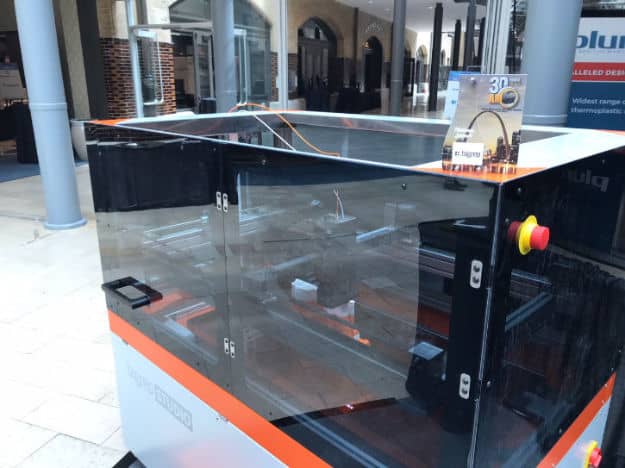
Sessions to Share and Educate
Beyer spoke in a packed room as part of a panel session “BASF and BigRep: Spare Parts on Demand for Deutsche Bahn” including Volker Hammes, Managing Director of BASF New Business GmbH, and Stefanie Brickwede, Managing Director of ‘Mobility goes Additive’ (Deutsche Bahn). Both BASF and Deutsche Bahn spoke to the innovative developments resulting from their partnership with BigRep. Both Beyer and Marangell say the panel session was an opportunity to inform companies about the endless possibilities for custom applications using large-scale additive manufacturing technology, like BigRep offers.
A Tuesday BigRep session with Steelcase’s Eric Barth and Stefanie Brickwede (“BigRep Applications Presented by Steelcase and Deutsche Bahn”) offered further insight into the significant benefits that the technology can have for companies to produce to-scale prototypes in a matter of hours. The competitive edge that Steelcase – a leading US office furniture solutions manufacturer – gets from the BigRep printer had many session attendees coming past the booth to see if the same thing could be done for their business.
An immensely successful AMUG was capped off by a BigRep session with Marangell and CTO Moshe Aknin introducing BigRep’s latest development: the metered extruder, which BigRep expects will be a game-changer in the FFF marketplace. It will bring more accurate repeatability and speed to the traditional extrusion technology, avoiding limitations for end-use solutions. Aknin presented the new extrusion technology to a full room with an enthusiastic crowd.
Aknin also led a session called “Ideate, Design, Fabricate: Latest developments by BigRep’s Innovation Lab” that explored the immense possibilities from custom applications, as demonstrated in BigRep’s partnerships, co-operations and activities at NOWlab in Berlin. It was the icing on the cake for a busy few days in St. Louis, and invited participants to view a world in which creativity and solution-focused technology knows no bounds.
After wrapping up a hugely successful AMUG, the team will be moving down the Mississippi River and take a right at Texas, for the RAPID + TCT event in Fort Worth, from 24-26 April. Our team of 3D print experts is now taking appointment bookings to discuss business solutions using large-scale 3D print technology.
